Fashion shows represent the biggest momentum for fashion and luxury brands to showcase their latest collections. But if so far you have been thinking that this is the only way to present the new collection, that’s not quite right.
If you go through a Fashion Week schedule, you will notice that two main events take place during Fashion Week: fashion shows and presentations. Presentations are indeed another way for brands to present their latest creations.
In this article, we are going to break down the difference between a fashion show and a presentation, and why some brands use fashion shows and others prefer the presentation format.
How Brands Present Their Collections: Fashion Shows VS Presentations
Fashion Shows: What is the purpose of a fashion show?
The biggest fashion and luxury brands including Chanel, Dior, Prada, Valentino… stage fashion shows. This is the most well-known format.
On a practical level, the purpose of fashion shows is to introduce the next season’s collection that will be available in stores about six months after the show takes place. Designers invite editors, press, celebrities, and influencers to attend in person. They report on the collection to the public via articles in magazines and social media posts. This contributes to growing the brand’s visibility and sales later. Fashion buyers are present as well to see the collection. They’ll decide what they will eventually order for their retail during the sales campaign.
Besides the sole purpose of showing the latest collection, fashion shows, especially nowadays are spectacles that tell a story and sell the dream. They are true marketing tools, organized to impress current and potential customers. Nowadays, brands want to stand out. They find themselves confronted with high pressure to compete, sustain, and leave a lasting impression on their audience. Thus, every season they look for more and more amazing locations to stage their runways.


When do fashion shows take place and where do fashion shows take place?
There are 4 main Fashion Weeks, commonly referred to as “The Big Four”:
- New York Fashion Week
- London Fashion Week
- Milan Fashion Week
- Paris Fashion Week
These fashion weeks are held twice a year in February and September. Each of these lasts approximately one week; hence the name Fashion Week. During which designers, brands, and fashion houses present their latest ready-to-wear collections through runway shows, presentations, and other events.
Besides those 2 big ready-to-wear seasons, there are other fashion weeks staged throughout the year. These focus on specific categories of clothing and design, catering to different market segments and creative expressions:
- Haute Couture Week
- Menswear Fashion Week
- Cruise/Resort Fashion Shows
- Pre-Fall Collections
- Bridal Week
- Swimwear Fashion Week
- International Fashion Weeks
We explain more about the different fashion weeks in this article.
The high investment that flows into staging a theatrical fashion show is not sustainable for every brand, especially young designers or smaller brands. That is where fashion presentations enter the stage.
What is a Presentation and how do fashion brands use it to introduce their collections
Presentations serve the same purpose as runway shows but in a more intimate climate. Their purpose is to introduce new collections to fashion professionals – mainly buyers, editors, stylists, influencers, and the press.
Instead of models strutting down a runway, presentations often involve models stationed in carefully curated environments, or even the clothing, shoes, and accessories are simply displayed in the room on shelves or other creative arrangements, allowing attendees to observe the garments up close. This format provides a slower, more contemplative experience that allows for a nuanced exploration of the designer’s vision.
Think of presentations as intimate fashion shows that enable fashion professionals to get a more detailed and engaging insight and view of the clothing, fabrics, features, and silhouettes; photographers can snap more detailed photos of the different looks and accessories.
A presentation also serves as an opportunity for guests to meet with the designer and the brand’s team, and further discuss the collection with them.
Where do presentations take place?
A presentation can take place at various locations. A brand can host a presentation at their ateliers/offices if the space allows it, or rent a temporary external place just for the presentation.

When do presentations take place?
Today, fashion presentations belong to a fixed part of the fashion week schedule. So presentations normally take place during the same week when fashion shows are staged in New York, London, Paris, and Milan.
A presentation tends to last longer than a 10-minute fashion show. There is a time frame during which brands open the doors to their presentations; it can go from a couple of hours to a whole day or even a week, depending on the time slot the brand has reserved.
Take a look at any fashion week calendar of New York, London, Milan, or Paris Fashion Week to see which brands have a fashion show and which ones organize a presentation. Fashion shows and presentations are divided into separate pages.
This is an example of the Milan Fashion Week Fall 2024 schedule of presentations.

Fashion Shows And Presentations Fall 2024
To give you a better idea of how many presentations are staged compared to fashion shows, let’s look at some numbers from the Fall 2024 Fashion Week.
New York Fashion Week hosted 49 shows, and 23 presentations.
London Fashion Week celebrated its 40th anniversary with 44 runways and 15 presentations.
On the Milan Fashion Week calendar, 56 fashion shows and 74 presentations are scheduled.
While Paris Fashion Week will feature 71 runways and 38 presentations.
As you can see, many brands rely on the fashion presentation format.
Fashion show vs presentation: Which one to use and when?
There are several things that brands take into consideration when deciding on a fashion show vs a presentation. The choice depends on the brand’s identity, marketing strategy, creative vision, and the result it wants to get from either of these events, as well as on its financial possibilities. However, it’s essential to note that the approach a brand takes can vary from season to season or even for specific collections.
The type of brand and collection
High-end luxury and fashion brands normally use fashion shows because it’s part of the industry standard. However, some brands might also consider whether there could be a strategic advantage in deviating from the norm.
Accessories and shoe brands often opt for presentations to display the new products on shelves or other creative arrangements.
Smaller fashion brands opt for presentations as well mainly for budget restrictions.
Budget
Not every brand – especially an emerging/small brand – has the possibility to pay for a show because on average, a 10 to 15-minute fashion show can cost anywhere from $200,000 to over $1 million! Brands have to handle costs related to fashion show production, renting the venue, booking the models, lighting, etc. On the opposite, a presentation is less costly than a fashion show; staging a presentation at the brand’s ateliers or renting a temporary space is cheaper than staging a show at a sumptuous venue like the Eiffel Tower.
The latter can be seen as more advantageous, however, the reason why so many fashion brands still rely on the fashion show format despite high costs and the big organization that it involves is because of its theatrical component, as we saw. Nowadays, the need to put on a show can be even more important than the collection itself in order to stand out in a competitive fashion world.
The experience
The time allocated at a fashion show makes it harder to examine each look in detail, which is easier at a presentation because it lasts longer – not just 10 minutes but a day or even a week! However, the fact that the collection is so close to the audience and happens in a more intimate atmosphere, the brand is more exposed, so everything has to be perfect to ensure the looks are well curated and well explained so the brand image is preserved.
Pros of fashion shows:
Spectacle: Fashion shows offer the opportunity to create a grand, theatrical experience that can captivate and leave a lasting impression on the audience.
Models and Supermodels Presence: Fashion shows are walked by models and supermodels like Naomi Campbell, contributing to the event’s prestige and garnering additional media attention.
Global Visibility and Media Coverage: Fashion shows during fashion weeks in major fashion capitals provide more exposure and media coverage.
Atmosphere: The energy and excitement of a live audience as well as the music, the lights and the models walking on the runway contribute to the overall atmosphere, creating a sense of anticipation and exclusivity.
Dynamic Presentation: Runway presentations allow garments to be showcased in motion, providing multiple angles for viewers to appreciate the design and craftsmanship.
Pros of presentations:
Intimacy: Presentations provide a more intimate and immersive experience, allowing attendees to interact closely with the garments and accessories.
Narrative Control: Presentations offer the opportunity to control the narrative and storytelling behind the collection, allowing for a deeper connection with the industry professionals attending these events (Press, buyers, influencers…).
Detail Appreciation: Attendees have the chance to examine the clothing up close, touch fabrics, and appreciate intricate details that may be overlooked on the runway.
Creative Freedom: Presentations offer more flexibility in terms of venue choice, set design, and format, allowing designers to showcase their collections in unique and innovative ways.
Budget and Resources: Presentations are more budget-friendly when considering venue costs, production expenses, and staffing requirements, making them a more economical option compared to a fashion show.
Salon Shows: the alternative between fashion shows and presentations
In the past years, some designers have been trying to find a balance between a presentation and a fashion show by exploring another format to showcase their latest collections: Salon shows.
If you are familiar with Fashion Week history, you may remember that it wasn’t until the beginning of the 20th century that fashion houses began staging fashion shows. The first-ever fashion week (then known as “Press Week”) took place in New York in 1943. Before that, houses used to host salon shows.
The concept of salon shows emerged in the 1850s with Charles Frederick Worth, who is widely regarded as the first fashion designer and the founder of Haute Couture. Worth was the first designer to have the idea of organizing events twice a year. He did this so all fashion clients could be in town at the exact same time to view the different collections at the houses’ ateliers. At the time, these events were not called “fashion shows” but “salon shows”.
The main goal of these “salon shows” was not that much for art purposes, but mainly to find clients and sell the collection. Worth started a new tradition of staging “salon shows” dedicated to a sole collection. They showcased a series of garments and designs unique to one collection only.
Salon Shows
Recently, we’ve been seeing the return of salon shows with brands staging their fashion shows at their salons aka ateliers. For instance, Altuzarra celebrated the 15th anniversary of his eponymous label in the Fall 2024 at his design studio in New York. Another recent example is Valentino’s Haute Couture Spring 2024 show “Le Salon”, which Pierpaolo Piccioli presented at the brand’s ateliers.
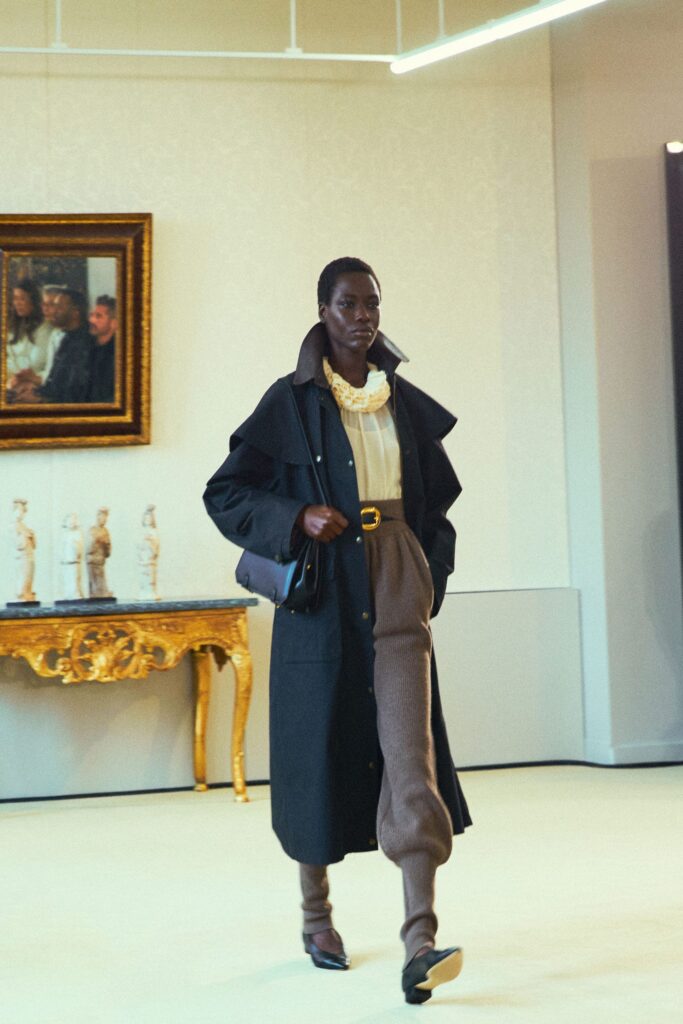
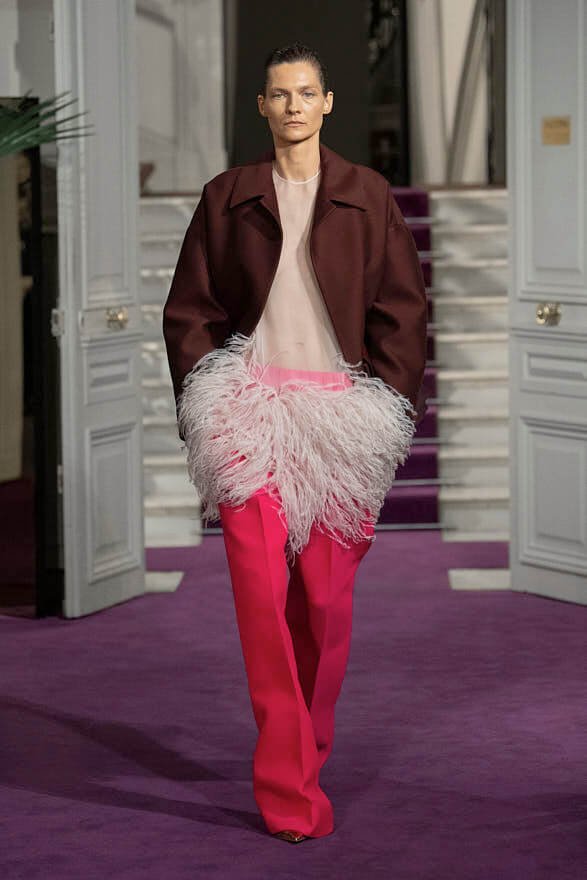
Those salon shows are technically “fashion shows” because they use the theatrical component of fashion shows, with a beautiful setting and music, for example, and they also have a running order. However, due to the intimate setting and a limited number of guests, and thus the proximity with them which allows to talk after the show, salon shows are in part similar to the presentation format. We can say that salon shows use the best of both worlds – fashion shows and presentations – to showcase their collections.
We hope you learned something new about Fashion Week today. If you are interested in the topic, we have other pieces about Fashion Week:
How to work at fashion week as a volunteer
How much do fashion shows cost
7 fascinating insights about fashion shows
How to write a fashion runway review
If you are passionate about fashion and want to work in this industry, check out our online courses that will teach you about it and help you land your dream job in fashion.




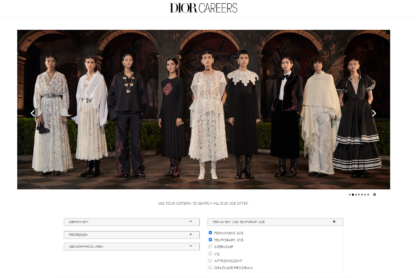
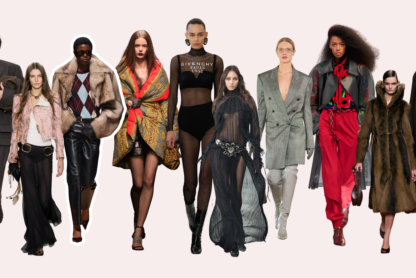
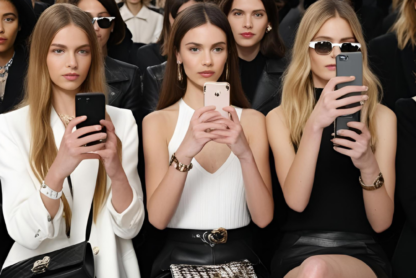
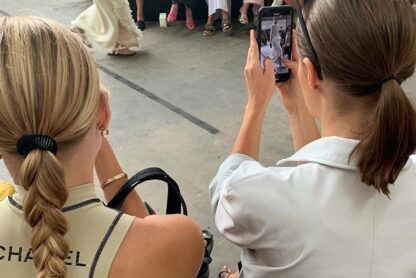

informational
It’s amazing to see how brands use different formats fashion shows and presentations to bring their collections to life!
The level of creativity and detail that goes into these events is truly inspiring. Just like selecting the perfect
baby girl clothes, it’s all about presentation, elegance, and making a lasting impression.
Such a helpful and appreciable read! ✨💕